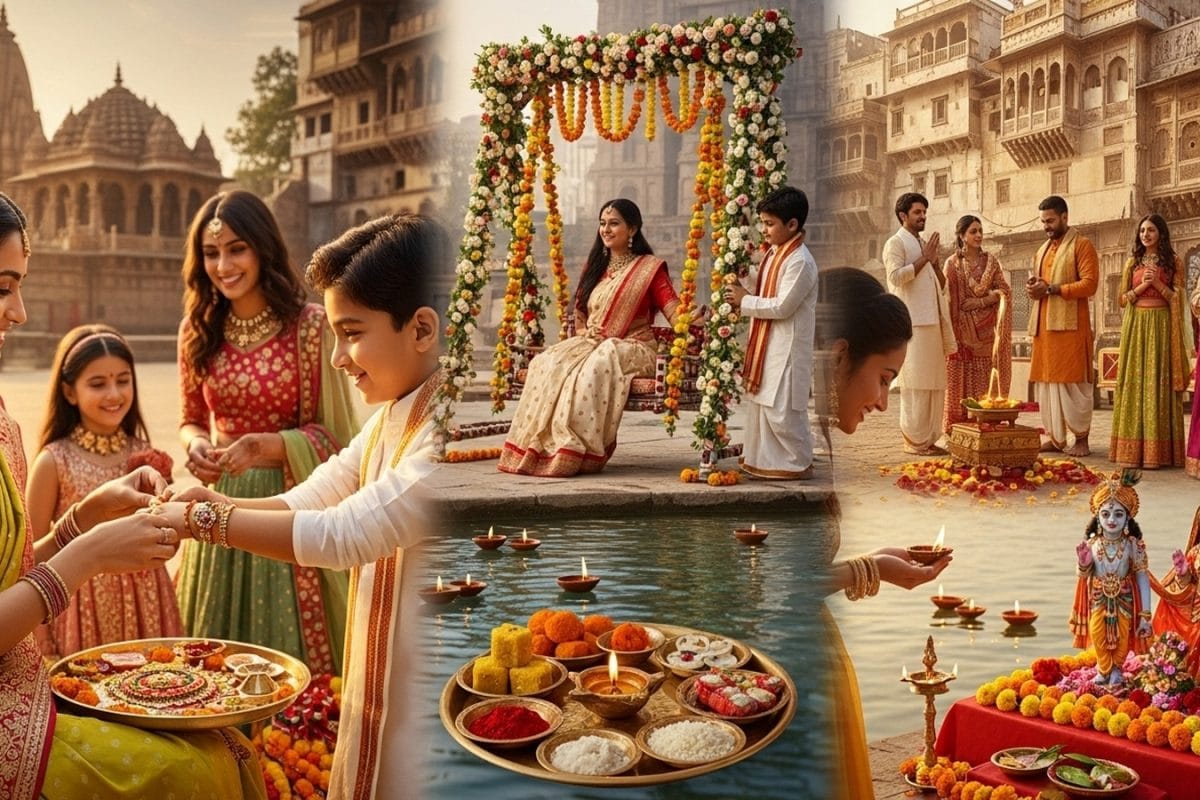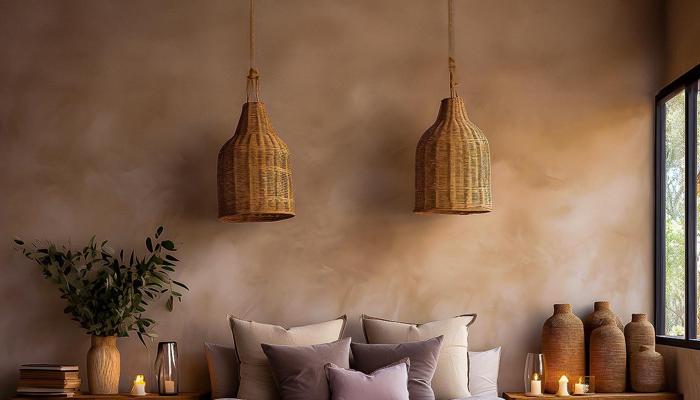Uncover the Magic: Explore 5 Classic Indian Dance Forms! Prepare to be mesmerized by the artistry and culture
Namaste readers! Bharat, our incredible India, is a land overflowing with amazing culture and vibrant
traditions. One of the most beautiful expressions of this culture is through its classical dance forms.
These dances aren't just movements; they're stories told with the body, emotions painted in the air, and a deep connection to our history.
Forget Bollywood for a moment, and let's journey into the heart of tradition and discover five classical Indian dance forms that everyone should experience at least once in their lifetime. Prepare to be mesmerized!
Bharatnatyam: intricate dance form with mudras, vibrant costumes, divine connection, and rich heritage
First, we have Bharatnatyam. Born in the temples of Tamil Nadu, this dance form is known for its precise movements, intricate footwork, and expressive hand gestures, which are called “mudras.
” Each mudra represents a different emotion, object, or idea, allowing the dancer to weave complex narratives. The costumes are vibrant, the music is captivating, and the sheer skill of the dancers is truly awe-inspiring.
Imagine watching a story unfold through graceful poses and rhythmic beats – that's the magic of Bharatnatyam. It's an experience that connects you to the divine and showcases the rich artistic heritage of South India.
The dancers train for years to perfect this art form, and their dedication shines through in every performance, making it a treat to watch.
Discover the captivating art of Kathak dance from Uttar Pradesh, blending tradition and creativity
Next, we travel north to discover Kathak, a dance form that originated in Uttar Pradesh. Kathak is characterized by its rapid footwork, graceful spins, and the use of storytelling through expressions and gestures.
Unlike some other dance forms, Kathak allows for improvisation, giving dancers the freedom to showcase their individual creativity. This dance is very interesting to watch. The rhythmic sounds of the ankle bells, called "ghungroo," add to the excitement and energy of the performance.
Kathak has evolved over centuries, influenced by both Hindu and Muslim cultures, making it a unique blend of traditions. Watching a Kathak performance is like witnessing a conversation between the dancer, the musicians, and the audience, a truly engaging and stimulating experience.
Exploring Kerala's Kathakali dance: a mesmerizing blend of art, culture, and tradition
Our journey continues to Kerala, the land of backwaters and, of course, Kathakali. This dance form is more than just a dance; it's a theatrical spectacle!
The dancers wear elaborate costumes, intricate makeup, and towering headgear, transforming them into characters from Hindu epics like the Ramayana and Mahabharata. The stories are conveyed through detailed facial expressions, hand gestures, and body movements.
The music is powerful, and the atmosphere is charged with energy. Kathakali is a sensory experience, where you’re not just watching a performance, you’re stepping into another world.
It requires years of rigorous training and dedication, and the performers' ability to transform themselves is nothing short of amazing. Even the application of makeup can take hours!
Odissi dance: Graceful, storytelling, spiritual art form from Odisha, India
From the east comes Odissi, a dance form originating from Odisha. Known for its graceful and fluid movements, Odissi is often compared to a living sculpture. The dancers create beautiful poses that resemble the sculptures found in ancient temples.
The music is soothing, and the costumes are elegant, reflecting the serene beauty of the Odisha landscape. Odissi tells stories of love, devotion, and spirituality, often revolving around Lord Krishna.
The dancers use their eyes and facial expressions to convey a wide range of emotions, drawing the audience into their world. It's a mesmerizing experience that leaves you feeling peaceful and uplifted, connecting you to the ancient traditions of eastern India.
This is a very difficult dance form to learn.
Manipuri dance from Manipur celebrates love of Radha and Krishna, with gentle moves and devotional themes
Finally, we have Manipuri, a dance form from the northeastern state of Manipur. This dance is known for its gentle and lyrical movements, its colorful costumes, and its devotional themes. Manipuri dances are often performed in temples and during festivals, celebrating the love of Radha and Krishna.
The dancers wear beautiful cylindrical skirts and veils, and their movements are graceful and flowing. The music is soft and melodious, creating a serene and spiritual atmosphere. Manipuri dance is a unique and beautiful expression of the cultural heritage of Northeast India.
It is a treat for the eyes and a balm for the soul. The dance focuses on devotion and connection with god.
Indian classical dance forms showcase rich cultural heritage
These five dance forms are just a glimpse into the vast and diverse world of Indian classical dance. Each form has its own unique history, style, and cultural significance.
Experiencing these dances is not just about entertainment; it's about connecting with our heritage, understanding our traditions, and appreciating the beauty and artistry of our country.
So, next time you have the opportunity, be sure to attend a classical dance performance and immerse yourself in the magic of Indian culture. You might just discover a newfound appreciation for the richness and depth of our artistic traditions. Jai Hind!
AI Generated Content. Glance/InMobi shall have no liability for the content











